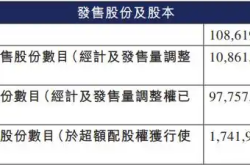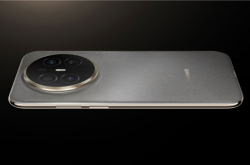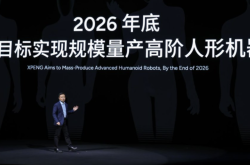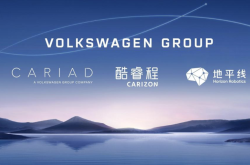Joint Ventures Embrace Range-Extender Technology, Eyeing the "Half-Price Ideal"?
![]() 06/25 2025
06/25 2025
![]() 507
507
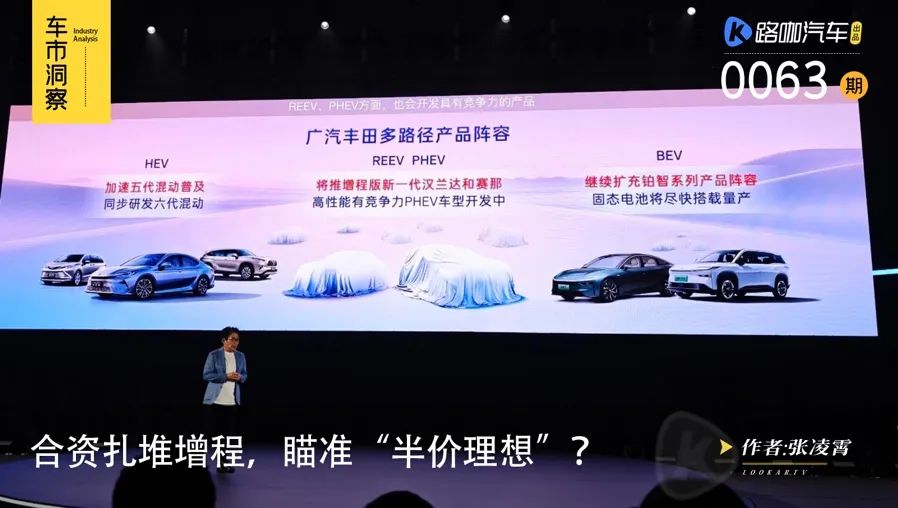
Li Xiang's prophecy about range-extender technology from two years ago materialized in 2025. Even more astonishing is that Japanese automakers, renowned for their advanced hybrid systems, have embarked on deploying range-extender technology.
GAC Toyota recently announced plans to introduce range-extender versions of the Highlander and Sienna. Additionally, BMW's range-extender strategy awaits final board approval.
It's 2025, and traditional giants are just now pushing range-extender technology? German and Japanese engineers struggle to comprehend why such a "retrograde technology" has gained such popularity in the Chinese market.
Despite their confusion, most eventually choose to妥协 with the market. To better understand Chinese consumers' needs, Toyota has shifted research and development decision-making power to its Chinese team. The RCE (Regional-Chief Engineer) system has been established, with Chinese nationals leading vehicle development, including the range-extender versions of the Highlander and Sienna.
For instance, even though Akio Toyoda often criticizes pure electric vehicles for their lack of environmental friendliness, he cannot dampen Chinese consumers' enthusiasm for new energy vehicles. Multinational automakers have suddenly realized that rather than educating Chinese consumers about what's better, it's more effective to directly give them what they want.
Range-extenders reliant solely on battery stacking have no future
It's undeniable that the battery capacity of PHEV (plug-in hybrid, range-extender) models is approaching that of pure electric vehicles. Especially with declining battery costs, stacking batteries in new range-extender vehicles has become standard practice. The latest research from the International Energy Agency (IEA) reveals that the price of lithium-ion battery packs fell by 20% year-on-year in 2024, marking the largest decline since 2017.
Lixiang and AITO, which have secured a foothold in the high-end market with range-extenders, offer a CLTC pure electric range of roughly 200-300 kilometers. Recently, Lixiang's L series launched an intelligent refresh, increasing the battery capacity of the low-end L7 and L8 versions from 42.8 kWh to 52.3 kWh, thereby extending the pure electric range to 280KM.
Hongmeng Zhixing's "million-yuan luxury car," the Zunjie S800, boasts a pure electric range of up to 400KM for its range-extender version, nearly the longest among mass-produced range-extender models.
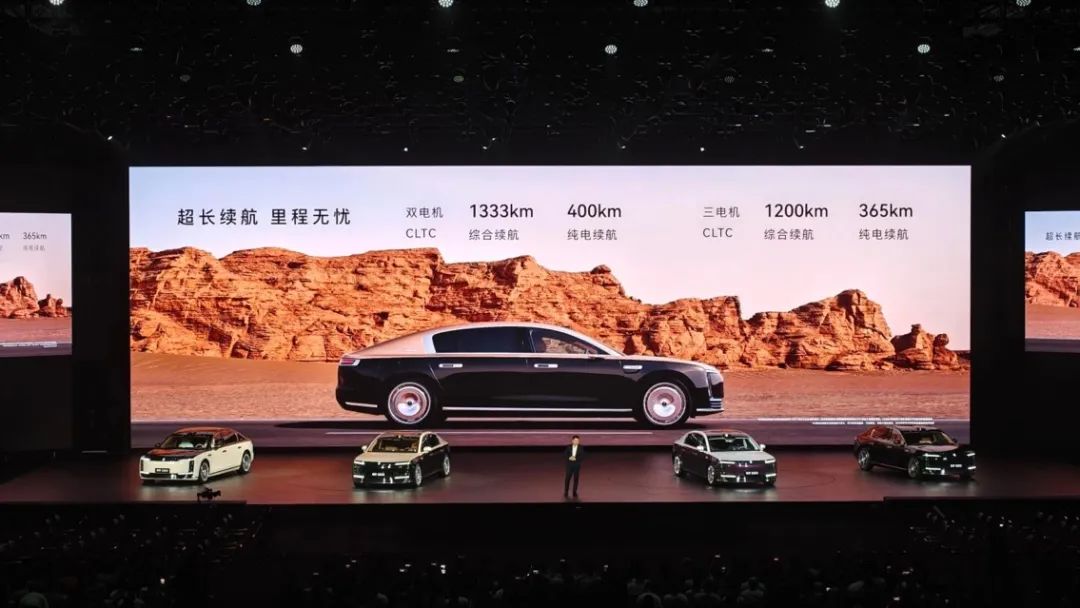
Beyond these high-end models, a pure electric range starting at 200 kilometers is now a "basic standard" for new cars priced below 200,000 yuan.
The newly launched mid-to-large SUV, the 2026 Zero Run C16, adds a five-seat version to its original six-seat offering and upgrades the pure electric range. The range-extender version, priced at 151,800 yuan, comes equipped with a 38.7kWh battery pack and offers a pure electric range of up to 280KM.
Even more aggressively, XPeng Motors once announced a super range-extender system with a pure electric range of up to 430km, slated for mass production in the fourth quarter of this year. With the release of spy shots of XPeng's first range-extender model, the G01, this range-extender system will debut on an SUV with a "three-row, six-seat" layout, expected to be positioned in the market above 250,000 yuan.
This is straightforward. High pure electric range necessitates battery stacking, and larger vehicles offer higher fault tolerance and more ample cost space. This is precisely how domestic mainstream automakers are approaching range-extender deployment. Since the drawback of range-extender power depletion is unavoidable, they increase battery size to enhance the driving experience and address the practical issue of range-extenders not saving fuel on highways.
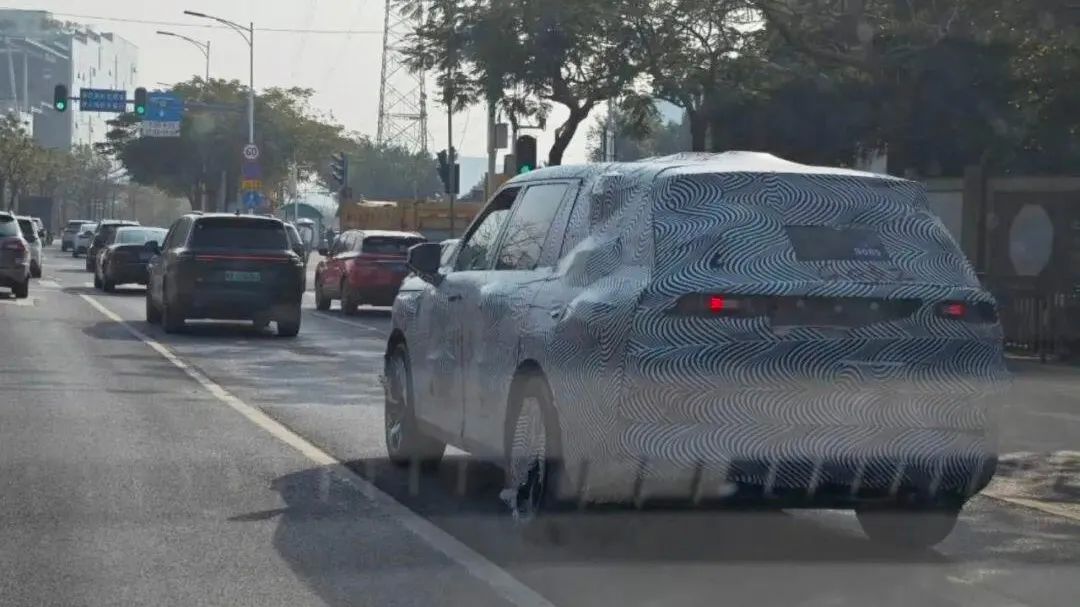
"I can confidently state that enterprises that solely solve problems through battery stacking have no future." A source close to emission standards formulation revealed to Luca Auto that the next phase of regulations will adjust the pure electric utilization coefficient of PHEVs (including range-extenders). "In layman's terms, PHEVs with large battery solutions don't have an edge in energy consumption, and the difficulty of complying with regulations will increase. Consequently, the cost-effectiveness of automakers stacking batteries will significantly diminish."
Should Zero Run be concerned?
The prevalence of the large battery solution among automakers developing range-extenders is not solely due to the curse of power depletion. Automakers conceal their engine technology deficiencies by enhancing battery and electronic control performance. Especially for newcomers without accumulated expertise in this area, range-extenders lower the technical threshold, helping to shorten the development cycle and expedite new car launches.
"For automakers with mature hybrid technology, range-extenders represent a 'technical downgrade,'" commented the aforementioned source close to emission standards formulation. The development cycle for hybrid engines and architectures is lengthy. Automakers with hybrid development experience will simplify their range-extenders based on strong hybrids rather than upgrading a plug-in hybrid with a range-extender platform. Consequently, the entire range-extender cycle may not even span a year.
This implies that once joint venture automakers decide to deploy range-extenders, the product cadence will be faster than anticipated. Due to their mature engine technology and lack of reliance on external procurement, joint venture range-extenders will offer superior driving experiences and have lower dependence on large batteries.
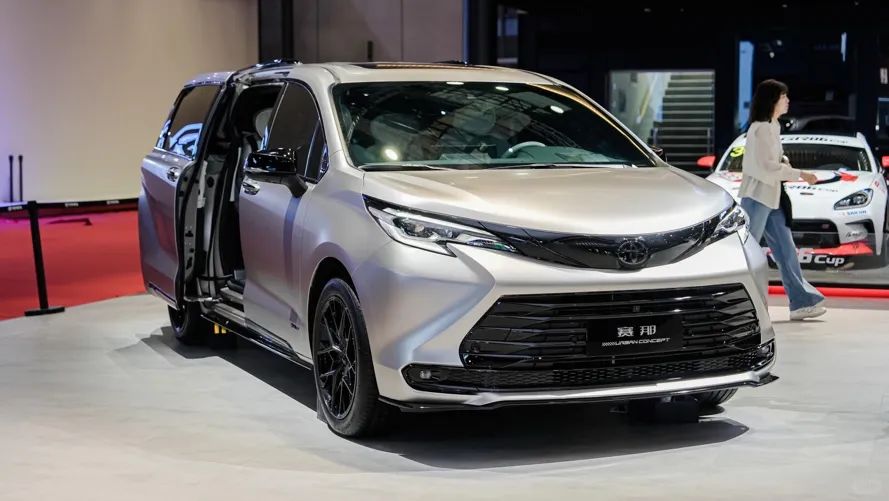
Taking the officially announced Highlander and Sienna as examples, they are equipped with Toyota's hybrid-specific engines, and other core components and intelligent-related suppliers can be sourced from China. Considering joint venture automakers' cost control capabilities, the range-extender versions of the Highlander and Sienna can be priced lower than their gasoline counterparts while maintaining considerable profits. If these new cars enter the 150,000 yuan range, the advantages accumulated by newcomers in the range-extender market will gradually erode.
Recently, it was reported that BMW has resumed development of range-extender technology, as evidenced by spy shots showing its adaptation on the X5 model. Additionally, BMW is considering extending range-extender technology to models like the X3 and X7. BMW and ZF have jointly developed a new range-extender system based on the 800V high-voltage platform, expected to deliver longer pure electric range and faster charging speeds. The logic is akin to newcomers' large battery range-extenders but, after optimization, is anticipated to achieve fuel/electricity savings ahead of competitors in the same segment.

Currently, among domestic automakers, mainstream players like Geely, Chery, Great Wall, and Changan have largely adopted hybrid-specific engines. Each company is even vying to achieve higher thermal efficiency. With the entry of joint venture automakers, Chinese automakers' victory in the range-extender battle is not guaranteed.
It's foreseeable that the next round of competition in range-extenders and even plug-in hybrids will revert to business fundamentals, including which companies possess superior hybrid-specific engines that better complement electric drives. Furthermore, in the face of stricter emission standards, who can strike a balance between energy consumption and cost.
Currently, the primary market for range-extenders is concentrated in mid-to-high-end models priced above 200,000 yuan. With the entry of joint ventures, the penetration rate of range-extenders in the price range below 200,000 yuan is expected to increase. By then, the existing competitive landscape will be disrupted. The situation where joint ventures have lagged in the domestic new energy market may be reversed through range-extenders.

